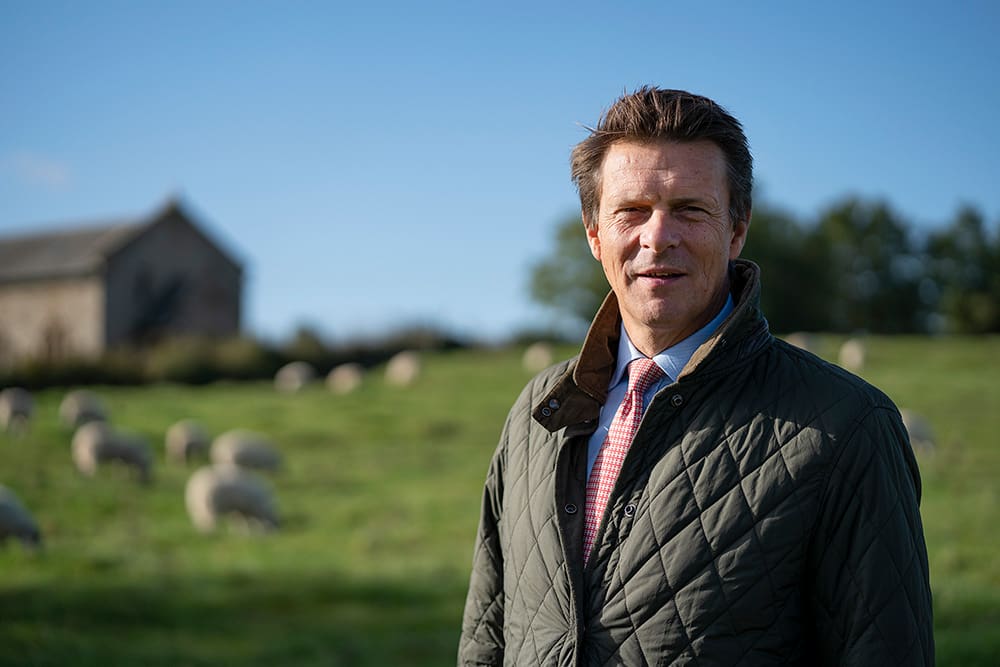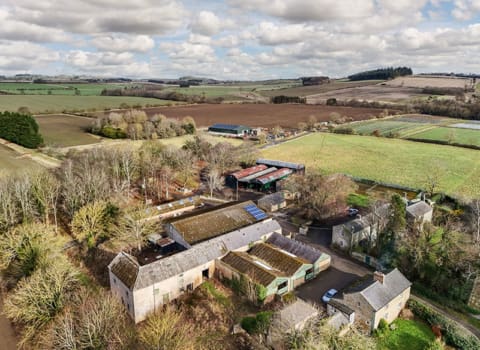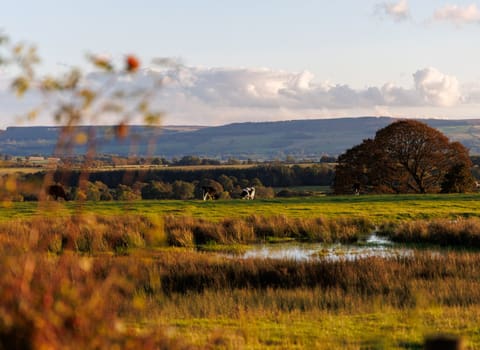Contact our offices
Main office
COLBURN
5 & 6 BAILEY COURT
COLBURN BUSINESS PARK
RICHMOND
NORTH YORKSHIRE
DL9 4QL
Estate Agency Offices are located in
BARNARD CASTLE, BOROUGHBRIDGE & RICHMOND
Residential Management Team
Our Offices
- Alnwick
01665 568310
Email Officealnwick@gscgrays.co.uk - Barnard Castle
01833 637000
Email Officebarnardcastle@gscgrays.co.uk - Boroughbridge
01423 590500
Email Officeboroughbridge@gscgrays.co.uk - Chester-Le-Street
0191 3039540
Email Officechester-le-street@gscgrays.co.uk - Colburn
01748 897630
Email Officecolburn@gscgrays.co.uk - Driffield
01377 337180
Email Officedriffield@gscgrays.co.uk - Hamsterley
01388 487000
Email Officehamsterley@gscgrays.co.uk - Hexham
01434 611565
Email Officehexham@gscgrays.co.uk - Kirkby Lonsdale
01524 880320
Email Officekirkbylonsdale@gscgrays.co.uk - Penrith
01768 597005
Email Officepenrith@gscgrays.co.uk

Why expert advice is key to navigating the evolving land market in 2025
There is no doubt that 2024 saw a significant increase in the amount of farmland offered to the open market throughout the UK. Large tracts of Lincolnshire, extensive estates in the Home Counties and an important part of the Northumberland Estate at Rothbury made up a sizeable share of the overall increase.
There was a mixed picture in the North of England. Land offered for sale in Northumberland rose by over 15%, while North Yorkshire and County Durham saw increases below the overall average and Cumbria experienced a decrease in land availability.
Overall, it was evident that there were more blocks of bare land of between 50 and 200 acres on offer rather than whole commercial farms and whilst the latter attracted wide interest and competitive bidding, the former achieved the highest premiums driven by neighbour demand and supportive bank lending.
Predictions for the farmland market in the North of England in 2025 is likely to see contrasting trends with farms offering higher earning potential, development opportunities, eco-system services and environmental land values possibly increasing by 10% or more. More marginal farms with fewer opportunities to diversify could attract less interest and downward pressure on prices as the year progresses.
The availability of land on the market is a critical driver of farmland prices, and the next 24 months could see increased supply, although this will not be uniform across all types of land.
As a consequence, buyers and sellers will be well served by working with those with the expert local knowledge needed to understand these trends in order to navigate this evolving landscape.
Several factors are likely to push more land onto the market, including:
Reduced Profitability and Cashflow Issues: With rising input costs, tighter margins, and the growing financial strain on many agricultural businesses, some farmers may be forced to sell land in order to manage cash flow or reduce debt exposure.
Changes in Agricultural Support: The transition from the EU’s Common Agricultural Policy (CAP) to the new Environmental Land Management (ELM) schemes has led to greater uncertainty about the future of agricultural subsidies. Some farmers may choose to sell up or scale back operations rather than adapt to the evolving regulatory landscape, which could increase the supply of farmland.
Tax and Inheritance Planning: The removal of Agricultural Property Relief (APR) and Business Property Relief (BPR) at 100% on farm assets over £1,000,000 could influence decisions regarding the transfer or sale of family farms. As tax reliefs diminish, some families may opt to divest from land holdings, contributing to a higher volume of land coming to the market.
When supply increases there is often a fear that demand may not increase with it, particularly with the strain on the profitability of farm businesses, let alone the imposition of IHT. These fears are somewhat alleyed by the decision to leave alone Roll Over Relief on gains made from the sale of farmland into other qualifying business assets.
Most farmers tend to reinvest in more land when they have been fortunate enough to have made a gain from selling land for development. With the pressure on new housing, more land is expected to be built on, and the gains should see their way back into farmland, helping maintain values.
It is also encouraging to see support for agricultural lending around well structured business plans and there will always be buyers seeking to grow their businesses. Our expectations are that demand will therefore keep up with the expected increase in supply and overall values will not come under further pressure.
The growing interest in natural capital, including biodiversity net gain (BNG), carbon sequestration, nutrient neutrality, and woodland planting, is creating new opportunities for farmers and landowners. Farmland that can generate environmental credits or meet sustainability standards is in increasing demand from organisations seeking to offset their carbon footprints or enhance biodiversity.
The push for net-zero carbon emissions and the growing demand for renewable energy sources will create a steady alternative market for farmland with potential for solar farms, wind turbines, or other energy projects. As the UK government continues to focus on green energy, land suitable for renewable energy development will remain a sought-after asset.










